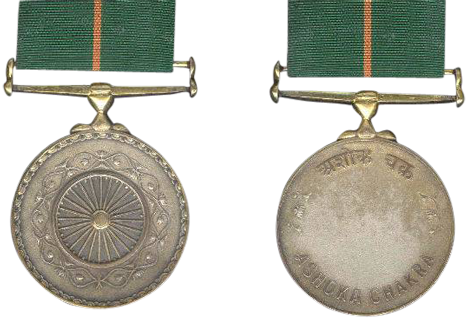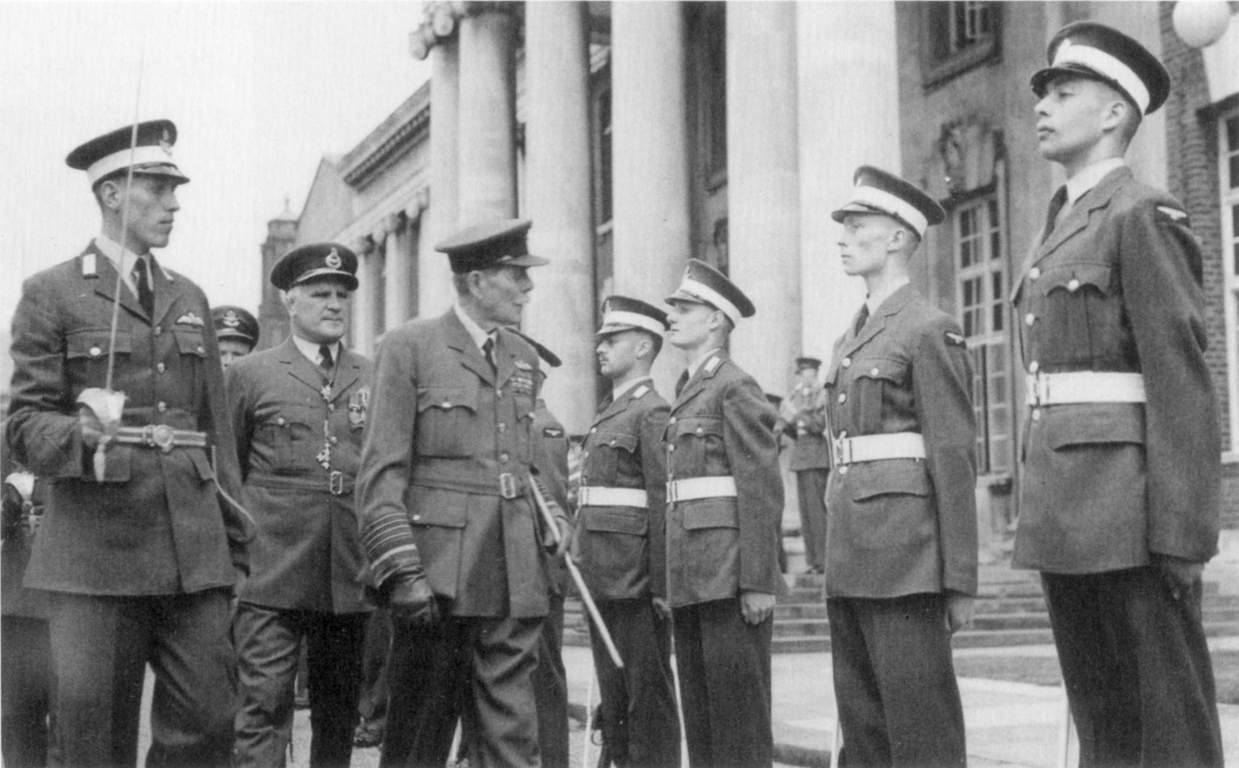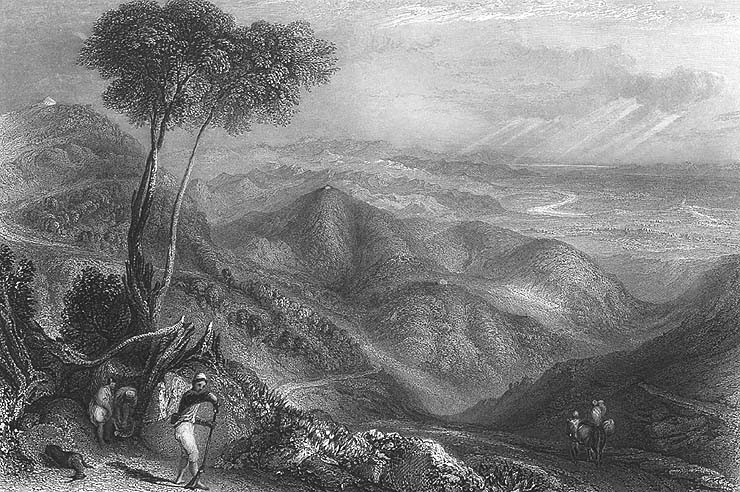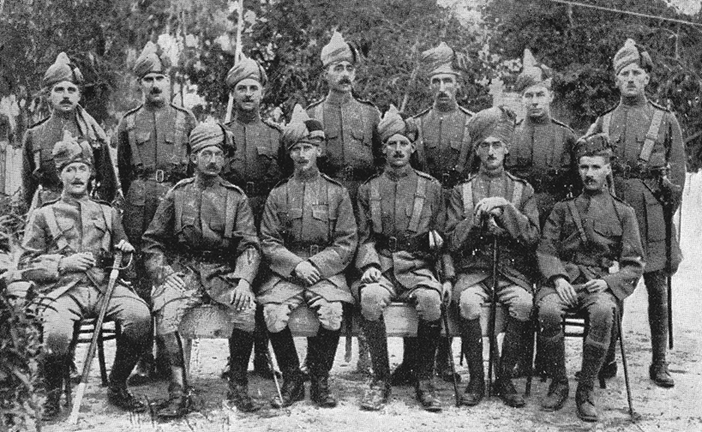|
National Defence Academy (India)
The National Defence Academy (NDA) is the joint defence service training institute of the Indian Armed Forces, where cadets of the Indian Army, Indian Navy, and Indian Air Force train together before they go on to their respective service academy for further pre-commission training. The NDA is located in Khadakwasla, Pune, Maharashtra. It is the first tri-service academy in the world. The alumni of NDA include 3 Param Vir Chakra recipients and 12 Ashoka Chakra recipients. NDA has also produced 27 service Chiefs of Staff till date. The current Chiefs of Staff of the Army, the Navy, and the Air Force are all NDA alumni from the same course. The 145th course graduated on 30 November 2023, consisting of 188 Army cadets, 38 Naval cadets, 37 Air Force cadets and 20 cadets from friendly foreign countries. The Supreme Court of India passed an order in August 2021 that allowed female candidates to appear for the all upcoming NDA entrance examination. History At the end of the Worl ... [...More Info...] [...Related Items...] OR: [Wikipedia] [Google] [Baidu] |
Military Academies In India
The Indian Armed Forces, Indian Defence services have established numerous academies and staff colleges across India for the purpose of training professional soldiers in military sciences, warfare command and strategy, and associated technologies. Education and training Rashtriya Indian Military College: The Rashtriya Indian Military College (RIMC), Dehradun was founded on 13 March 1922 with the object of providing necessary preliminary recruit training for Indians wishing to become officers in Indian Armed Forces. The institution now runs school classes from 8th to 12th on 10+2 CBSE pattern and serves as a feeder institution to the National Defence Academy, Khadakwasla (Pune), where males who have passed 12th class of school are taken as cadets to receive their. initial training for the Army, Navy and Air Force. *Chail Military School Chail (oldest one) (Previously known as King George Royal Indian Military College) Shimla. *Ajmer Military School Ajmer (Found 1930) (Previously kno ... [...More Info...] [...Related Items...] OR: [Wikipedia] [Google] [Baidu] |
Ashoka Chakra (military Decoration)
The Ashoka Chakra (alternative spelling: Ashok Chakra) is India's highest peacetime military decoration awarded for valor, courageous action, or self-sacrifice away from the battlefield. It is the peacetime equivalent of the Param Vir Chakra (PVC) and is awarded for the "most conspicuous bravery or some daring or pre-eminent valour or self-sacrifice" other than in the face of the enemy. The decoration may be awarded either to military or civilian personnel. Naik Narbahadur Thapa, Havildar Bachittar Singh and Flight Lieutenant Suhas Biswas were the first recipients of the Ashoka Chakra. Subsequent awards of the Ashoka Chakra are recognized by a bar to the medal ribbon. A recipient can be awarded the Kirti Chakra or Shaurya Chakra in addition to separate acts of gallantry. History The medal was originally established on 4 January 1952 as the "Ashoka Chakra, Class I" as the first step of a three-class sequence of non-combatant bravery decorations. In 1967, these decorations ... [...More Info...] [...Related Items...] OR: [Wikipedia] [Google] [Baidu] |
Viceroy Of India
The Governor-General of India (1773–1950, from 1858 to 1947 the Viceroy and Governor-General of India, commonly shortened to Viceroy of India) was the representative of the monarch of the United Kingdom and after Indian independence in 1947, the representative of the British monarch. The office was created in 1773, with the title of Governor-General of the Presidency of Fort William. The officer had direct control only over Fort William but supervised other East India Company officials in India. Complete authority over all of British territory in the Indian subcontinent was granted in 1833, and the official came to be known as the "Governor-General of India". In 1858, because of the Indian Rebellion the previous year, the territories and assets of the East India Company came under the direct control of the British Crown; as a consequence, the Company rule in India was succeeded by the British Raj. The governor-general (now also the Viceroy) headed the central government ... [...More Info...] [...Related Items...] OR: [Wikipedia] [Google] [Baidu] |
Victor Hope, 2nd Marquess Of Linlithgow
Victor Alexander John Hope, 2nd Marquess of Linlithgow, (24 September 1887 – 5 January 1952) was a British Unionist politician, agriculturalist, and colonial administrator. He served as Governor-General and Viceroy of India from 1936 to 1943. He was usually referred to simply as Linlithgow. He served as vice president of the Royal Society of Edinburgh, Chancellor of the University of Edinburgh and Lord High Commissioner to the General Assembly of the Church of Scotland. Early life and family Hope was born at Hopetoun House, South Queensferry, Linlithgowshire, Scotland, on 24 September 1887. He was the eldest son of John Adrian Louis Hope, 7th Earl of Hopetoun, later 1st Marquess Linlithgow, and Hersey Everleigh-de-Moleyns, Countess of Hopetoun and later Marchioness of Linlithgow, daughter of the fourth Baron Ventry.Viceroy at Bay: Lord Linlithgow in India, 1936–43, by John Glendevon His godmother was Queen Victoria. He was educated at Ludgrove School and Eton College a ... [...More Info...] [...Related Items...] OR: [Wikipedia] [Google] [Baidu] |
Royal Air Force College Cranwell
The Royal Air Force College (RAFC) is the Royal Air Force military academy which provides initial training to all RAF personnel who are preparing to become commissioned officers. The College also provides initial training to aircrew cadets and is responsible for all RAF recruiting along with officer and aircrew selection. Originally established as a naval aviation training centre during World War I, the College was established as the world's first air academy in 1919. During World War II, the College was closed and its facilities were used as a flying training school. Reopening after the War, the College absorbed the Royal Air Force Technical College in 1966. The Royal Air Force College is based at RAF Cranwell near Sleaford in Lincolnshire, and is sometimes titled as the Royal Air Force College Cranwell. History Early years In December 1915, after the Royal Naval Air Service had broken away from the Royal Flying Corps, Commodore Godfrey Paine was sent to Cranwell to start a ... [...More Info...] [...Related Items...] OR: [Wikipedia] [Google] [Baidu] |
Britannia Royal Naval College
Britannia Royal Naval College (BRNC), commonly known as Dartmouth, is the naval academy of the United Kingdom and the initial officer training establishment of the Royal Navy. It is located on a hill overlooking the port of Dartmouth, Devon, England. Royal Naval officer training has taken place in Dartmouth since 1863. The buildings of the current campus were completed in 1905. Earlier students lived in two wooden hulks moored in the River Dart. Since 1998, BRNC has been the sole centre for Royal Naval officer training. History The training of naval officers at Dartmouth dates from 1863, when the wooden hulk was moved from Portland and moored in the River Dart to serve as a base. In 1864, after an influx of new recruits, ''Britannia'' was supplemented by . Prior to this, a Royal Naval Academy (later Royal Naval College) had operated for more than a century from 1733 to 1837 at Portsmouth, a major naval installation. The original ''Britannia'' was replaced by the in 1869, whi ... [...More Info...] [...Related Items...] OR: [Wikipedia] [Google] [Baidu] |
Dehradun
Dehradun () is the capital and the most populous city of the Indian state of Uttarakhand. It is the administrative headquarters of the eponymous district and is governed by the Dehradun Municipal Corporation, with the Uttarakhand Legislative Assembly holding its winter sessions in the city as its winter capital. Part of the Garhwal region, and housing the headquarters of its Divisional Commissioner. Dehradun is one of the " Counter Magnets" of the National Capital Region (NCR) being developed as an alternative center of growth to help ease the migration and population explosion in the Delhi metropolitan area and to establish a smart city in the Himalayas. It is the third largest city in the Himalayas after Kathmandu and Srinagar. Dehradun is located in the Doon Valley on the foothills of the Himalayas nestled between Song river, a tributary of Ganga on the east and the Asan river, a tributary of Yamuna on the west. The city is noted for its picturesque landscape and slightly m ... [...More Info...] [...Related Items...] OR: [Wikipedia] [Google] [Baidu] |
Indian Military Academy
The Indian Military Academy (IMA) is one of the oldest military academies in India, and trains officers for the Indian Army. Located in Dehradun, Uttarakhand, it was established in 1932 following a recommendation by a military committee set up under the chairmanship of General (later Field Marshal) Sir Philip Chetwode. From a class of 40 male cadets in 1932, IMA now has a sanctioned capacity of 1,650. Cadets undergo a training course varying between 3 and 16 months depending on entry criteria. On completion of the course at IMA cadets are permanently commissioned into the army as Lieutenants. The academy, spread over , houses the Chetwode Hall, Khetarpal Auditorium, Somnath Stadium, Salaria Aquatic Centre, Hoshiar Singh Gymnasium and other facilities that facilitate the training of cadets. Cadets in IMA are organized into a regiment with four battalions of four companies each. The academy's mission, to train future military leaders of the Indian Army, goes hand in hand with ... [...More Info...] [...Related Items...] OR: [Wikipedia] [Google] [Baidu] |
Independence Of India
The Indian independence movement was a series of historic events with the ultimate aim of ending British Raj, British rule in India. It lasted from 1857 to 1947. The first nationalistic revolutionary movement for Indian independence emerged from Bengal. It later took root in the newly formed Indian National Congress with prominent moderate leaders seeking the right to appear for Indian Civil Service (British India), Indian Civil Service examinations in British India, as well as more economic rights for natives. The first half of the 20th century saw a more radical approach towards self-rule by the Lal Bal Pal, Lal Bal Pal triumvirate, Aurobindo Ghosh and V. O. Chidambaram Pillai. The final stages of the independence struggle from the 1920s was characterized by Congress' adoption of Mahatma Gandhi's policy of non-violence and Salt March, civil disobedience. Intellectuals such as Rabindranath Tagore, Subramania Bharati, and Bankim Chandra Chattopadhyay spread patriotic awarenes ... [...More Info...] [...Related Items...] OR: [Wikipedia] [Google] [Baidu] |
United States Military Academy
The United States Military Academy (USMA), also known metonymically as West Point or simply as Army, is a United States service academy in West Point, New York. It was originally established as a fort, since it sits on strategic high ground overlooking the Hudson River with a scenic view, north of New York City. It is the oldest of the five American service academies and educates cadets for commissioning into the United States Army. The academy was founded in 1802, one year after President Thomas Jefferson directed that plans be set in motion to establish it. It was constructed on site of Fort Clinton on West Point overlooking the Hudson, which Colonial General Benedict Arnold conspired to turn over to the British during the Revolutionary War. The entire central campus is a national landmark and home to scores of historic sites, buildings, and monuments. The majority of the campus's Norman-style buildings are constructed from gray and black granite. The campus is a pop ... [...More Info...] [...Related Items...] OR: [Wikipedia] [Google] [Baidu] |
Government Of India
The Government of India (ISO: ; often abbreviated as GoI), known as the Union Government or Central Government but often simply as the Centre, is the national government of the Republic of India, a federal democracy located in South Asia, consisting of 28 union states and eight union territories. Under the Constitution, there are three primary branches of government: the legislative, the executive and the judiciary, whose powers are vested in a bicameral Parliament, President, aided by the Council of Ministers, and the Supreme Court respectively. Through judicial evolution, the Parliament has lost its sovereignty as its amendments to the Constitution are subject to judicial intervention. Judicial appointments in India are unique in that the executive or legislature have negligible say. Etymology and history The Government of India Act 1833, passed by the British parliament, is the first such act of law with the epithet "Government of India". Basic structure The gover ... [...More Info...] [...Related Items...] OR: [Wikipedia] [Google] [Baidu] |
Claude Auchinleck
Field Marshal Sir Claude John Eyre Auchinleck, (21 June 1884 – 23 March 1981), was a British Army commander during the Second World War. He was a career soldier who spent much of his military career in India, where he rose to become Commander-in-Chief of the Indian Army by early 1941. In July 1941 he was appointed Commander-in-Chief of the Middle East Theatre, but after initial successes, the war in North Africa turned against the British, and he was relieved of the post in 1942 during the North African campaign. In June 1943, he was once again appointed Commander-in-Chief, India, where his support through the organisation of supply, maintenance and training for William Slim's Fourteenth Army played an important role in its success. He served as Commander-in-Chief, India, until the Partition in 1947, when he assumed the role of Supreme Commander of all British forces in India and Pakistan until late 1948. Early life and career Born at 89 Victoria Road in Aldershot, Hampshi ... [...More Info...] [...Related Items...] OR: [Wikipedia] [Google] [Baidu] |





.jpg)

.jpg)

